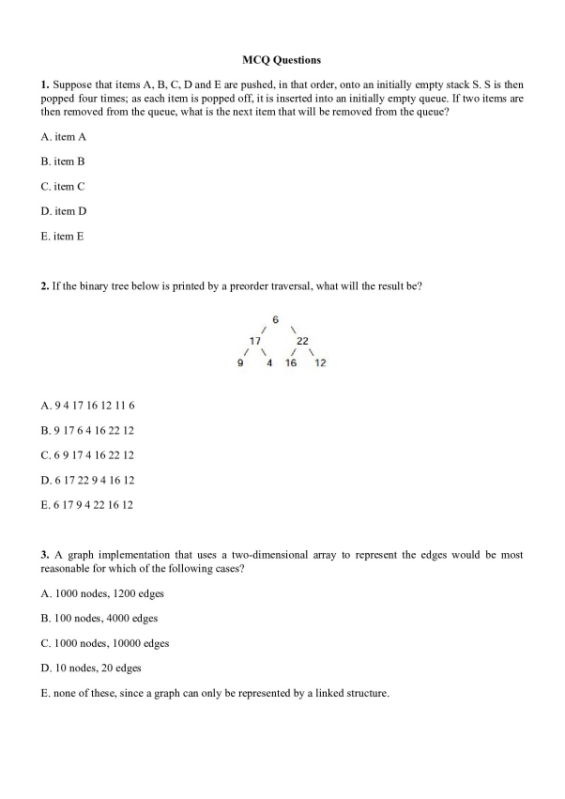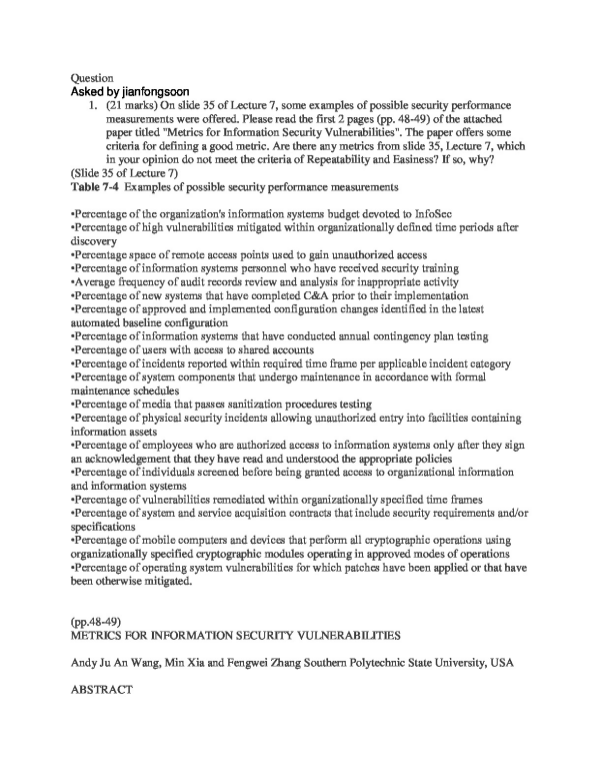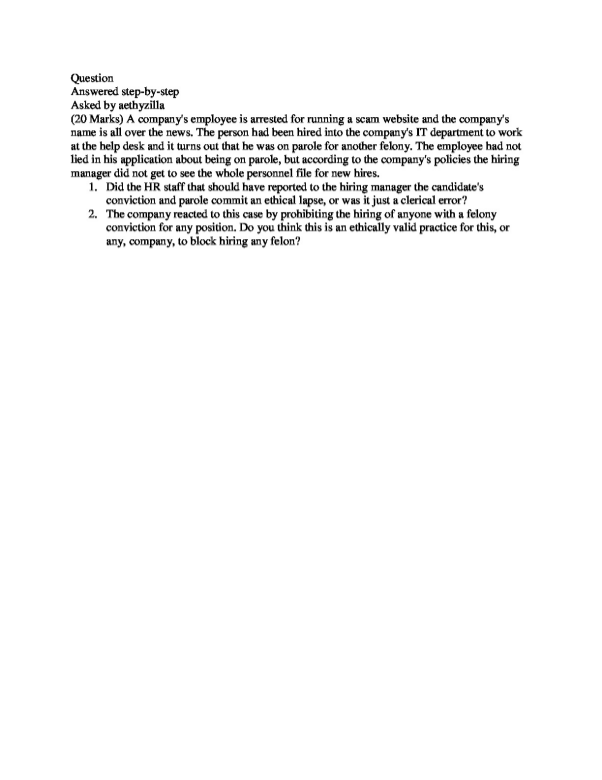Questions and Answers > Question:You work with the pricing actuary at Cash for Claims, a large Property/Casualty insurer.The CEO has some questions based on the most recent pricing analysis and the pricingactuary has asked you to assist with the response. The proposed rates were not in therange the CEO expected given the pricing analysis. The CEO has asked the pricingactuary to verify the total projected loss cost excluding potential large storm losses for2020. In turn, the pricing actuary has asked you to independently calculate theprojected costs. All policies are 12-month policies. The rates will take effect July 1,2020 and will be in effect for one year. In 2017 there was a large storm resulting in anadditional 230 storm-related claims averaging 30,000 each. The company was able tosettle 40% of all total claim liabilities relating to those claims within 2017 with theremainder being paid out in 2018. All other claims are completely settled by the end ofyear 4. The pricing actuary determined trend factors using the least squares methodand determined the projected loss cost based on the loss costs for 2018 and 2019 withweightings of 40% and 60% respectively. You are to use the same methodology. Thedata and underlying model are in the Excel worksheet . Your response should beformatted as an internal memorandum to the pricing actuary and should include theAfterprojected loss costs for 2018 and 2019. That's all the data and information I have.agreeing that the previous pricing analysis was accurate, the CEO commented that theinitially proposed rates per 1,000 have increased much higher than both the trend you haddetermined and the overall industry trend for losses. Discuss two to four factors that may bedriving this. What possible actions could the insurer take to reduce rates for next year andbeyond? What are the considerations that would need to be made with each of these actions?Please format your response as an email to the CEO.
Cambridge High School, Cambridge ECON 001 Question: You work with the pricing actuary at Cash for Claims, a large Property/Casualty insurer. The CEO has some questions based on the most recent pricing analysis and the pricing actuary has asked you to assist with the response. The proposed rates were not in the range the CEO expected given the pricing analysis. The ...[Show More]
Preview 1 out of 4 pages
Reviews( 0 )
| Category: | Questions and Answers |
| Number of pages: | 4 |
| Language: | English |
| Last updated: | 1 month ago |
| Downloads: | 0 |
| Views: | 0 |











